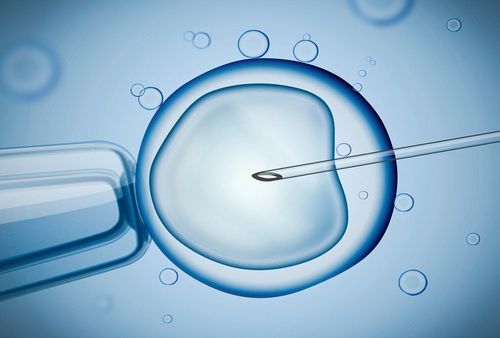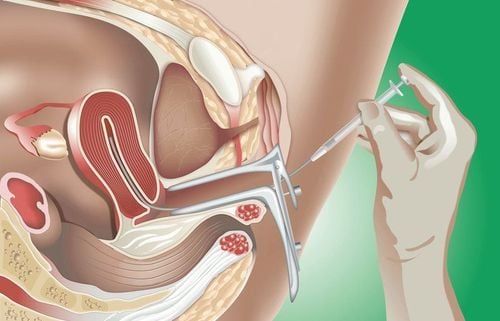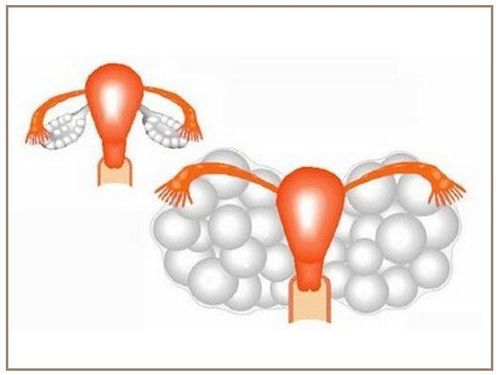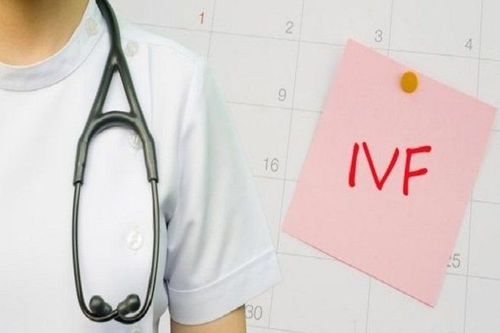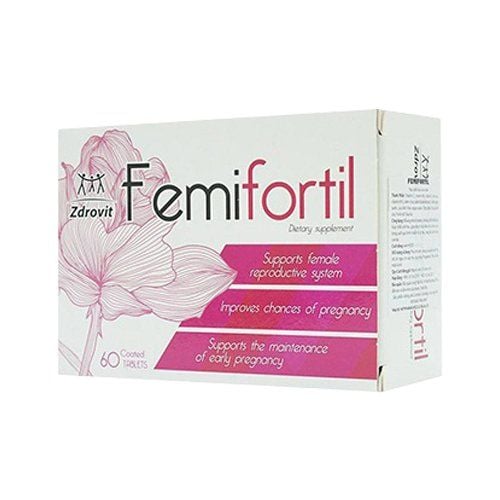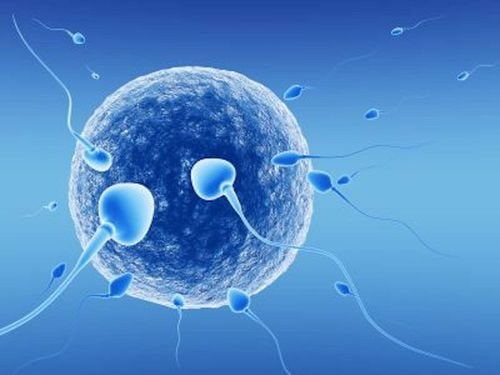This is an automatically translated article.
Ovarian hyperstimulation syndrome, although accounting for a small proportion, can lead to many dangerous consequences to health, especially when the patient's symptoms are increasingly severe without timely monitoring and intervention.1. What is Ovarian Hyperstimulation Syndrome?
Ovarian hyperstimulation syndrome (OHSS) is a disease that often occurs in women after hormone injections to stimulate the development of eggs in the ovaries, such as those that have to undergo surgery. in vitro fertilization (IVF), ovulation induction, or intrauterine insemination to support the possibility of pregnancy.Too much hormone in the body is the cause of ovarian hyperstimulation syndrome, with the main manifestation of the ovaries becoming swollen and painful. A small number of patients may experience a more serious situation, with rapid weight gain, abdominal pain, vomiting and difficulty breathing.
Infertility treatment with drugs, such as clomiphene, rarely causes OHSS. Sometimes, this condition occurs spontaneously in a woman's body, unrelated to infertility treatments.
Mild ovarian irritation syndrome is common in women with IVF with an affected rate of 33% (ie, about 33 out of every 100 women who undergo IVF). However, only 1% (1 in 100 people) will progress to moderate or severe. Accordingly, most of the patient's symptoms will clear up on their own within 7-10 days. On the other hand, it should not be subjective because moderate to severe symptoms are often quite severe.
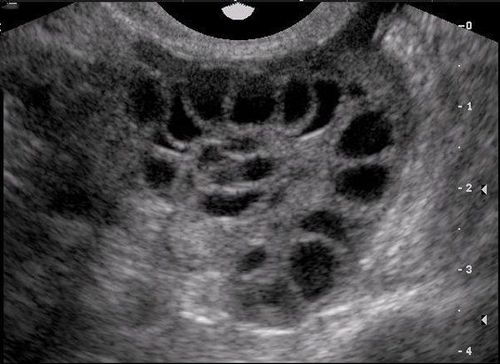
Hàm lượng hormone quá nhiều trong cơ thể là nguyên nhân dẫn đến hội chứng quá kích buồng trứng
2. Manifestations of ovarian hyperstimulation syndrome
There are 2 stages of ovarian hyperstimulation, including:
Early stage: Symptoms appear within 9 days after egg/oocyte (or ovum) aspiration, usually encountered when hCG is injected to stimulate prefer mature follicles; Late stage: Occurs from the 10th day onwards, after egg/oocyte aspiration, mainly related to hCG secreted by the placenta. Based on the clinical manifestations upon examination, the doctor can partially recognize the severity of the ovarian hyperstimulation syndrome:
Mild: The patient feels discomfort, mild lower abdominal pain, nausea, mild weight gain; Moderate: Abdomen becomes distended, moderate abdominal pain, signs of nausea, vomiting, diarrhea, appearance of intra-abdominal fluid on ultrasound; Severe: Abdominal fluid appears much, sometimes leading to pleural effusion. The patient has liver dysfunction, generalized edema, very distended abdomen, in addition, there are symptoms of dyspnea, rapid breathing (> 20 times/minute), lower abdominal pain, hypotension, little urine; Very severe: Abdominal fluid, pleural fluid appear a lot. Patients with concomitant renal failure, pericardial effusion, thromboembolism, acute respiratory distress syndrome (ARDS), hypoxia, oligouria or even anuria.
3. Subjects prone to ovarian hyperstimulation
Factors that increase the risk of OHSS include:
Young age; Underweight (body mass index BMI < 18); Patients with polycystic ovary syndrome; Having used high doses of exogenous gonadotropins; Serum estradiol levels are high or rapidly increasing; There is a history of ovarian hyperstimulation. In addition, this risk also increases proportionally with the number of follicles developed, the number of follicles aspirated during assisted reproduction. The incidence is even higher with high doses of exogenous hCG, repeatedly used to stimulate ovulation or to support the luteal phase. Pregnancy is also a risk factor, increasing the severity and duration of ovarian hyperstimulation syndrome.
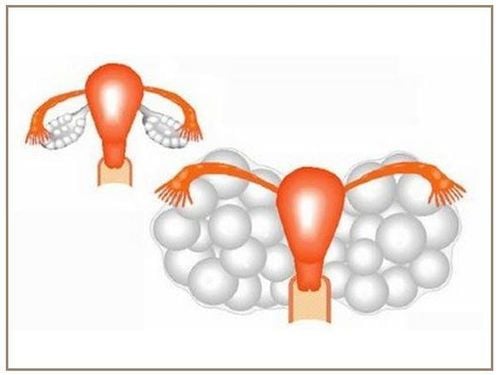
Hội chứng quá kích buồng trứng (hội chứng OHSS) thường gặp trên các bệnh nhân sau tiêm hormone kích trứng
4. How to deal with ovarian hyperstimulation?
4.1. Mild to moderate cases For mild ovarian hyperstimulation, the disease usually resolves on its own. Treatment for moderate ovarian hyperstimulation syndrome may include:
Anti-nausea medications and pain relievers; General examination and periodical ultrasound performed by appointment; Measure your weight and waist circumference every day for early recognition of sudden changes; Measure urine output per day; Perform necessary blood tests to monitor for dehydration, electrolyte imbalances, and other problems; Replenish the daily amount of water; Wear supportive stockings to prevent blood clots; If necessary, the doctor will insert a needle into the abdominal cavity to drain excess fluid in the abdomen. 4.2. Severe and very severe cases For severe ovarian hyperstimulation syndrome, the patient needs to be hospitalized for monitoring and aggressive treatment, such as intravenous fluids. The drug is indicated to relieve symptoms, reduce ovarian activity, and prevent dangerous events. Serious complications of the disease suggest additional treatment, such as surgery for a ruptured ovarian cyst or intensive care when liver or lung complications are detected.
5. Prevention of ovarian hyperstimulation syndrome
In order to prevent the risk of OHSS syndrome and limit dangerous complications, patients when undergoing infertility treatment need to choose a facility that specializes in infertility with a team of highly qualified doctors. experience in conducting mature ovarian stimulation, it is possible to detect early the risk of ovarian hyperstimulation in each patient for timely treatment.
In addition, medical facilities need to have a system of modern equipment, meeting the most advanced techniques today in infertility treatment to help minimize the risk of disease as well as other complications. Undesirable events for patients after infertility treatment.
Please dial HOTLINE for more information or register for an appointment HERE. Download MyVinmec app to make appointments faster and to manage your bookings easily.




